African Violet Diseases: What Causes Ring Spot On African Violet
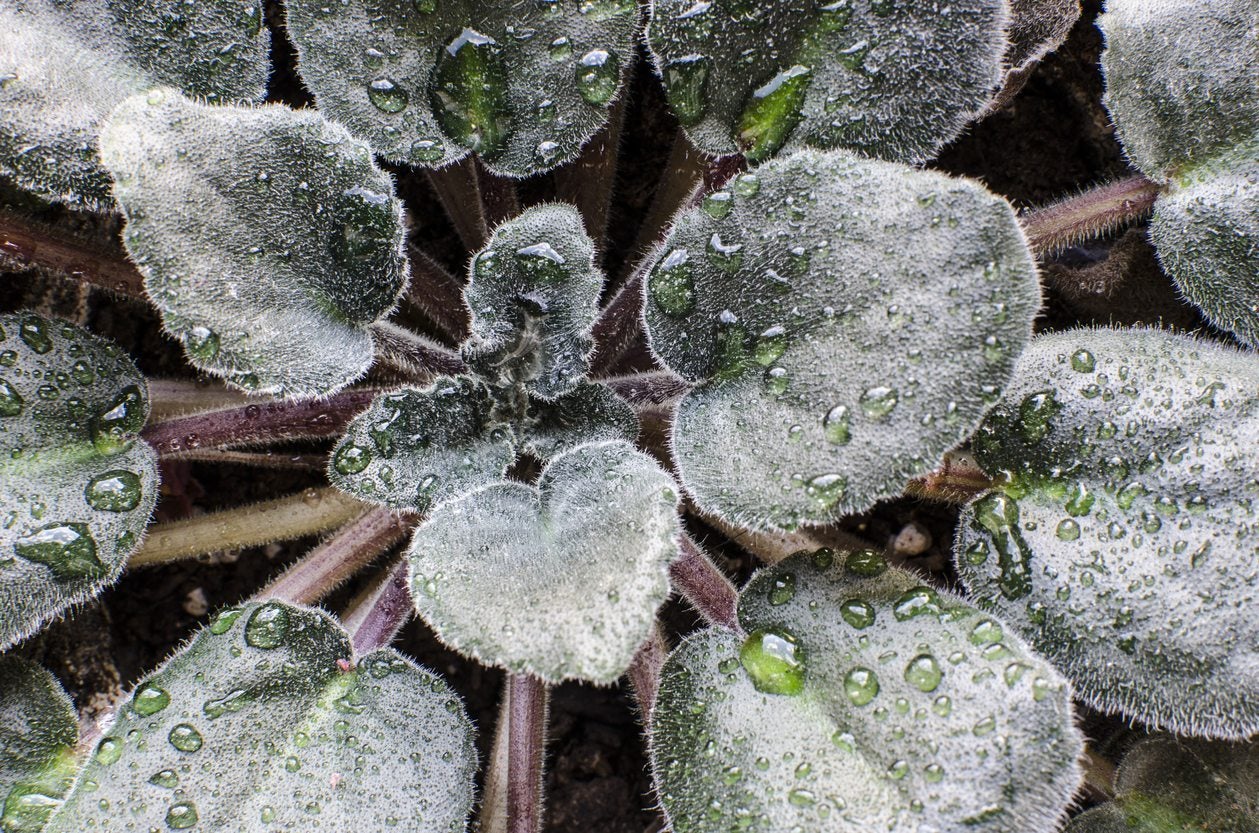

There’s something so simple and soothing about African violets. Their perky, even sometimes dramatic, flowers can cheer up any windowsill while their fuzzy foliage softens harsher settings. For some, African violets bring back thoughts of grandma’s house, but for others they can be a source of much frustration. Problems like spots on African violet leaves seem to come out of nowhere, turning a beautiful plant into a nightmare overnight. Read on to learn more about ring spot on African violet plants.
About African Violet Ring Spot
Of all the African violet diseases, African violet ring spot is about the least serious that you can encounter. In fact, it’s really not even a disease, though it presents just like one. When leaves on African violets are spotty and you’ve ruled out fungal and viral pathogens, there’s only one answer that makes sense: African violet ring spot. Hobbyists are far too familiar with this problem, but it’s an easy one to manage. Spots on African violet leaves appear when the leaves themselves are watered. In fact, studies from as far back as the 1940's were designed to solve the mystery behind this anomaly. Both Poesch (1940) and Eliot (1946) noted that African violets can experience foliage damage when the temperature of the water is around 46 degrees F. (8 C.) lower than the plant tissues. Inside the leaf, the cold surface water is doing something akin to frostbite, where chloroplasts are rapidly broken down. In other cases, warm water standing on leaf surfaces can amplify ultraviolet rays and cause a sunburn on these sensitive tissues.
Treating African Violet Ring Spot
At the end of the day, African violets are really very delicate plants and require careful attention to the temperatures of their tissues. African violet ring spot damage can’t be reversed, but the behavior that causes it can be corrected and new leaves will eventually grow to replace the injured ones. First, never, ever water an African violet’s foliage – this is a sure way to create more ring spots or worse. Watering from the bottom is the secret to African violet success. You can buy self-watering planters designed specifically for African violets, install a wick into your plant’s pot and use it to water from below, or simply water your plant from a saucer or dish. Whichever method you prefer, remember that these plants are also prone to root rot, so without special hardware, like fancy pots or wicking systems, you’ll need to be careful to remove any standing water that comes in direct contact with the soil once your watering is done.
Gardening tips, videos, info and more delivered right to your inbox!
Sign up for the Gardening Know How newsletter today and receive a free copy of our e-book "How to Grow Delicious Tomatoes".

Kristi Waterworth was a regular contributor to Gardening Know How for many years, answering countless queries on plant pests and diseases.
-
 ‘Coral Charm’ Peony Care For Sublime Semi-Double Peonies With Lush Salmon Pink Flowers
‘Coral Charm’ Peony Care For Sublime Semi-Double Peonies With Lush Salmon Pink FlowersPeonies are known for their soft baby pink or magenta tones, but if plushy coral blooms are your thing, here’s our guide to the ultimate ‘Coral Charm’ peony care
By Tonya Barnett
-
 How To Grow Seeds Quickly: 8 Expert Tricks For Fast Flowers & Crops
How To Grow Seeds Quickly: 8 Expert Tricks For Fast Flowers & CropsIt's never too late to start growing! Jump-start your flower or vegetable garden with these pro tips and tricks for germinating seeds in record time.
By Amy Grant
-
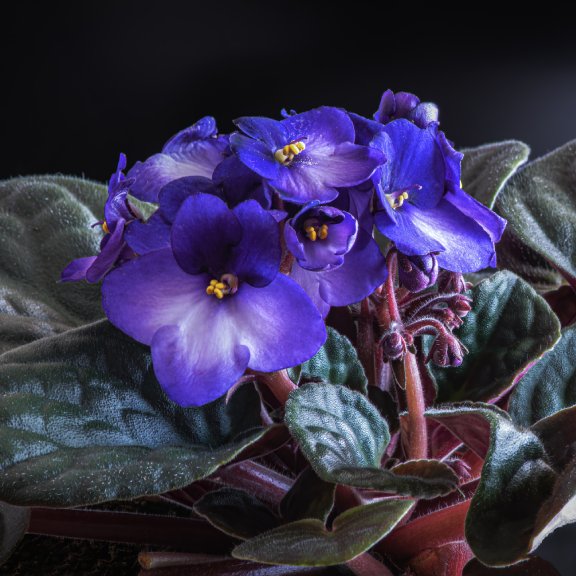 African Violets: Complete Care And Growing Guide
African Violets: Complete Care And Growing GuideFor people who love these sweet plants, African violet care is easy and fun. Knowing what they need is the key.
By Mary Ellen Ellis
-
 What Are Episcia Plants – Learn About Caring For Episcia Varieties
What Are Episcia Plants – Learn About Caring For Episcia VarietiesGrowing Episcia plants adds eye catching appeal to household décor. These colorful houseplants can test the hand of the most experienced green thumb.
By Laura Miller
-
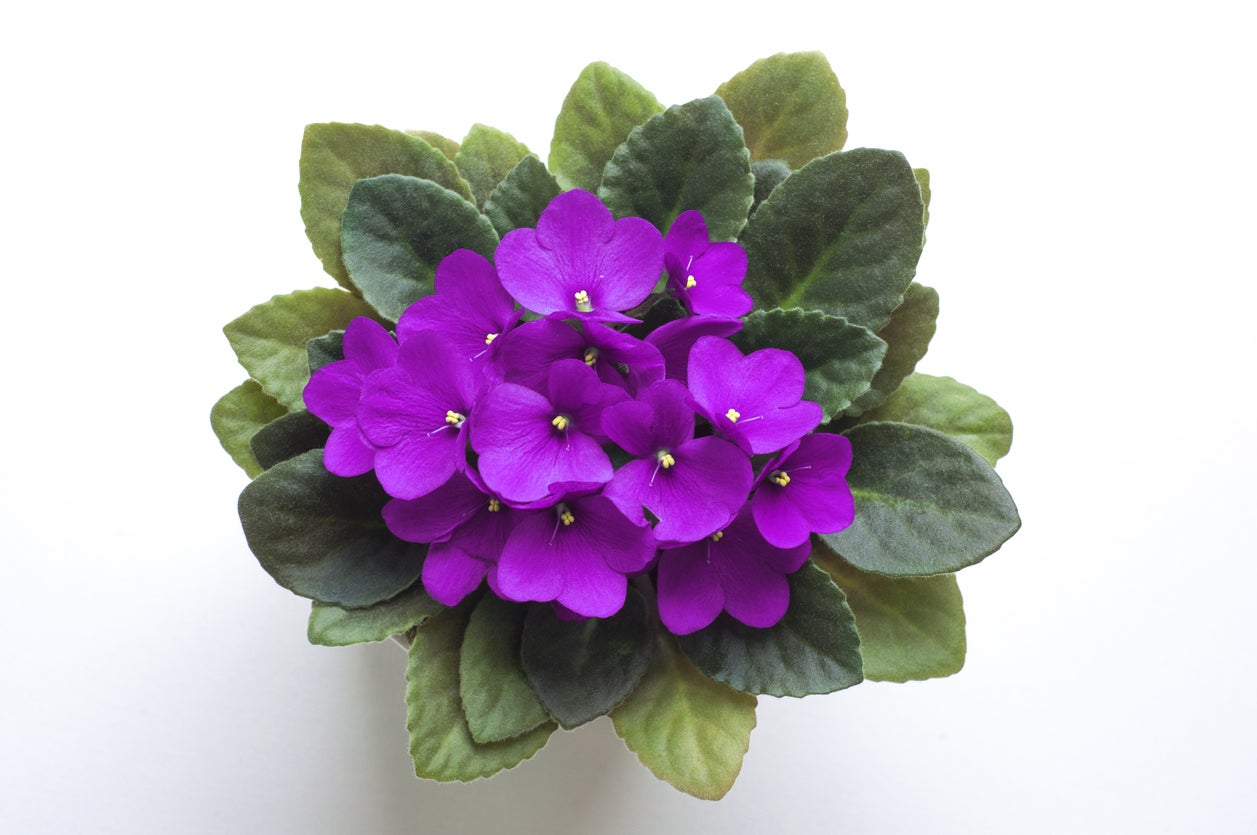 African Violet Flowering Needs: Tips For Getting African Violets To Bloom
African Violet Flowering Needs: Tips For Getting African Violets To BloomMost African violets are sold when flowering. After that, people can have trouble getting them to bloom. What should you do if your African violate won’t flower? Click here for info on African violet flowering needs and tips on how to make African violets bloom again.
By Teo Spengler
-
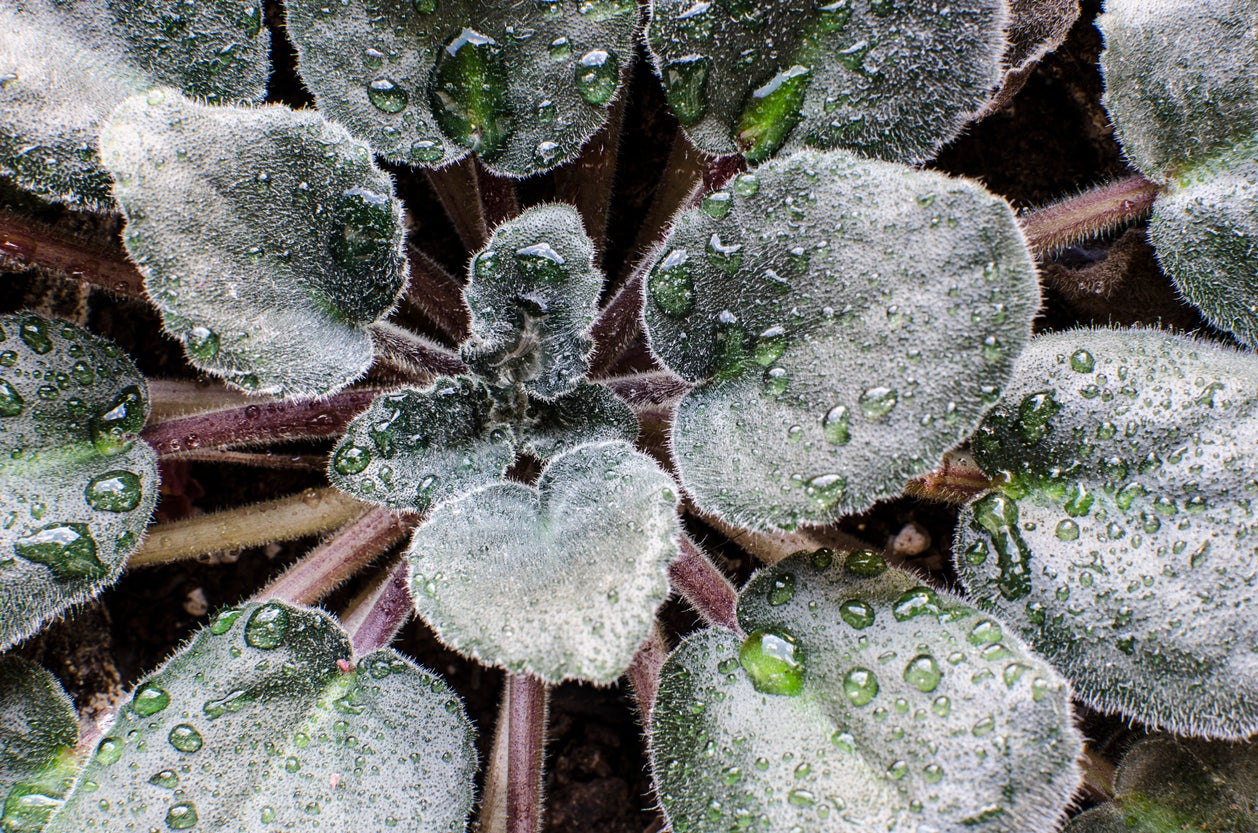 African Violet Watering Guide: How To Water An African Violet Plant
African Violet Watering Guide: How To Water An African Violet PlantWatering African violets isn’t as complicated as you may think. Actually, these charming, old-fashioned plants are surprisingly adaptable and easy to get along with. Wondering how to water an African violet? Click here to learn more about African violet water needs.
By Mary H. Dyer
-
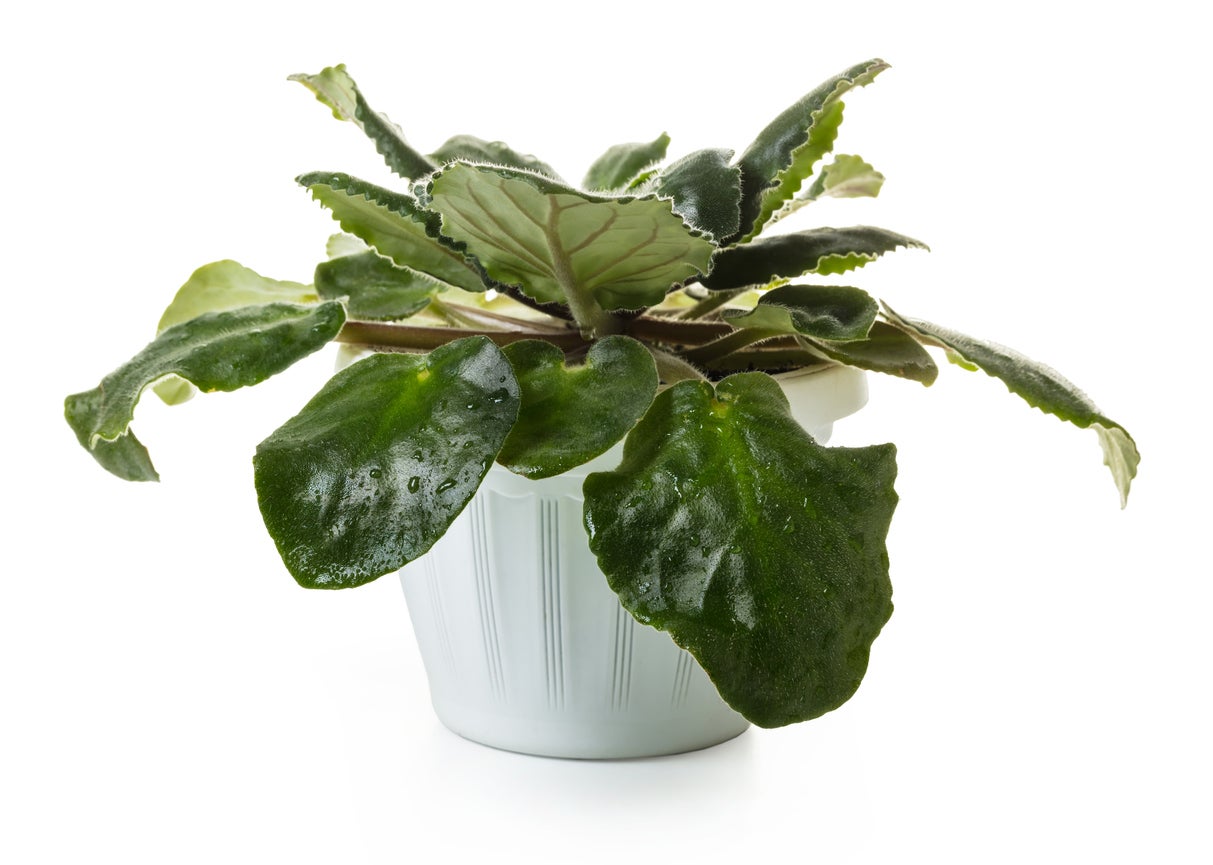 African Violet Leaves Are Curling – What Do Curling African Violet Leaves Mean
African Violet Leaves Are Curling – What Do Curling African Violet Leaves MeanAfrican violets are among the most popular flowering houseplants. But there can be issues with these houseplants. If your African violet leaves are curling, there are a few potential causes and easy solutions. Click this article for more information.
By Mary Ellen Ellis
-
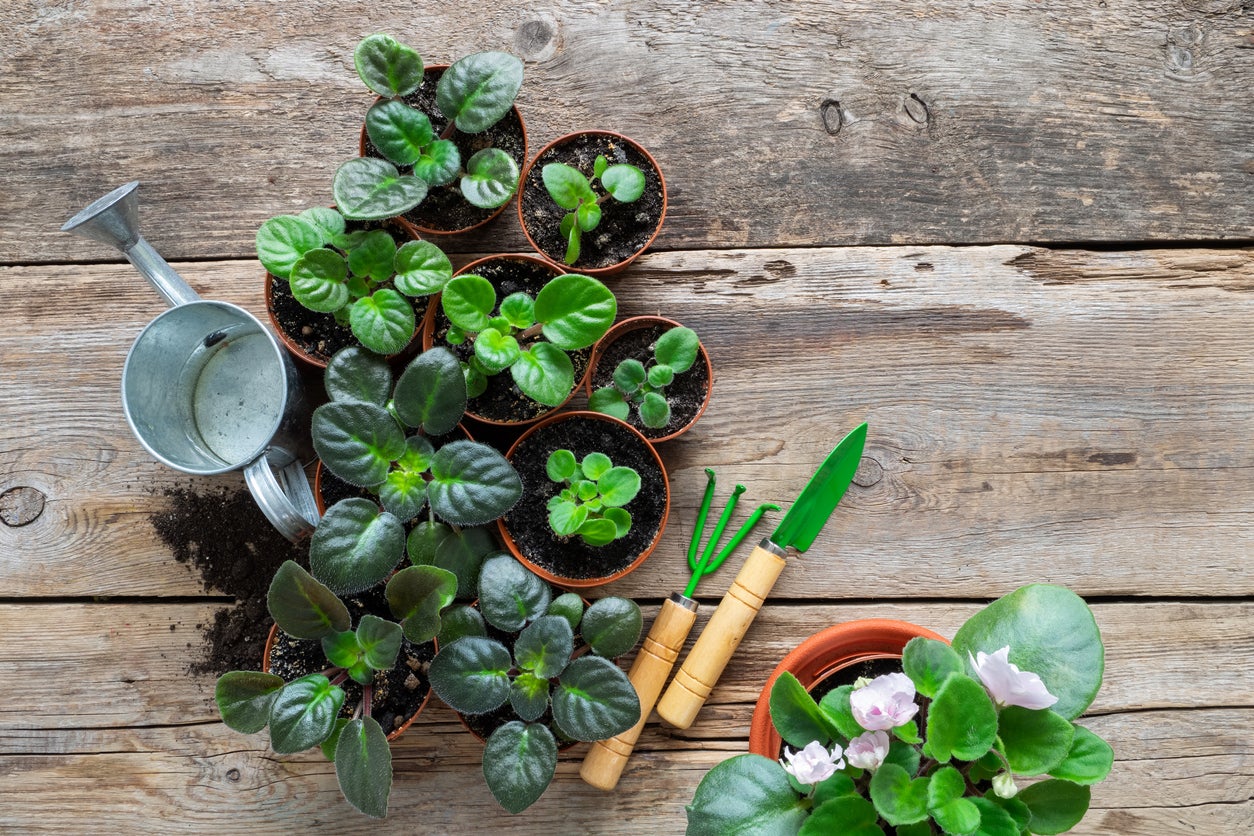 African Violet Repotting – How To Repot African Violets
African Violet Repotting – How To Repot African VioletsAfrican violets can live a long time, as long as 50 years! To get them there, you need to provide good care which includes repotting African violets. The trick is knowing when to repot an African violet and what soil and container size to use. This article will help with that.
By Bonnie L. Grant
-
African Violet Nematode Control: Treating Root Knot Nematodes In African Violet
Nematodes of African violet are tiny worms that infest the roots. They are extremely destructive. For information about African violet root knot nematodes, click this article. We’ll also give you tips on African violet nematode control.
By Teo Spengler
-
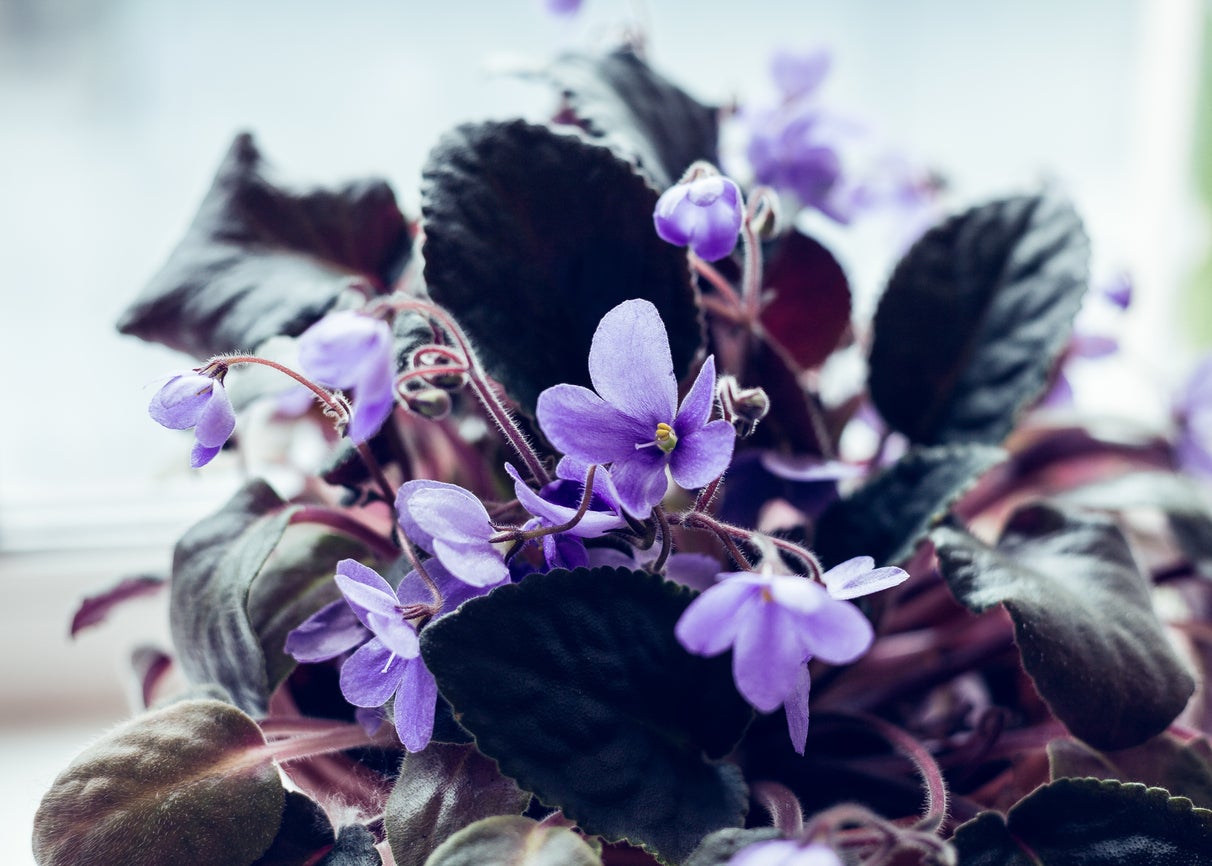 Fertilizing African Violets – Learn How To Feed African Violet Plants
Fertilizing African Violets – Learn How To Feed African Violet PlantsThere are just a few straightforward rules for growing African violets. Water and light needs are two of these, but just as important is how to feed African violet plants. Click on the following article to learn more about African violet feeding.
By Bonnie L. Grant